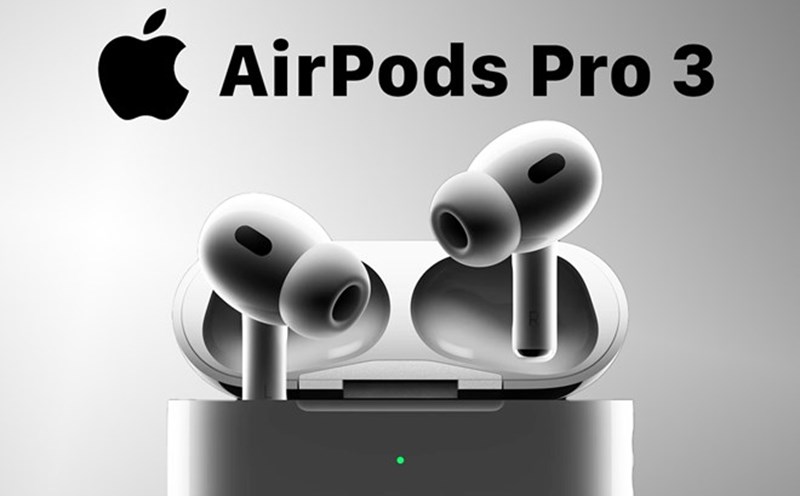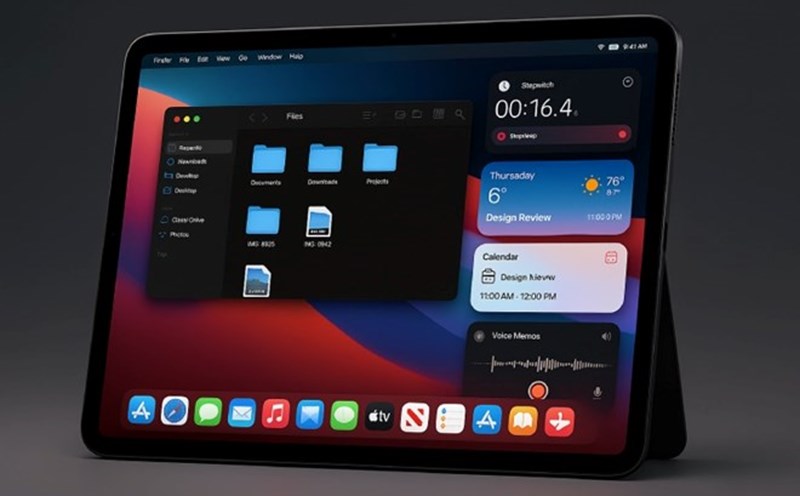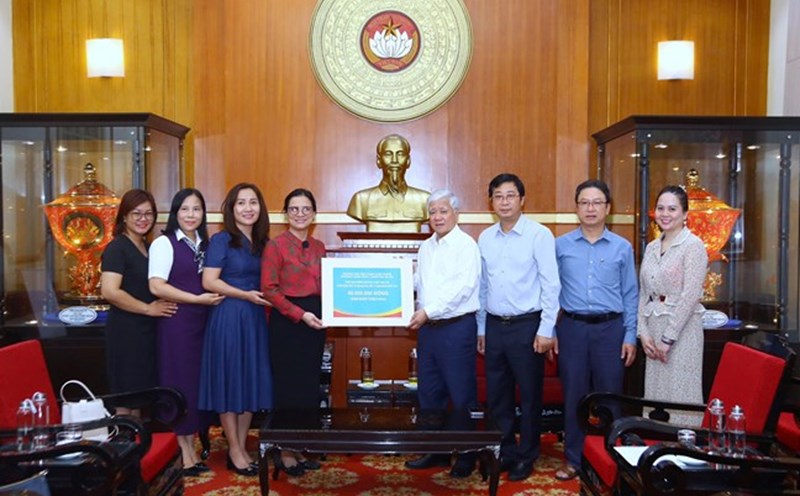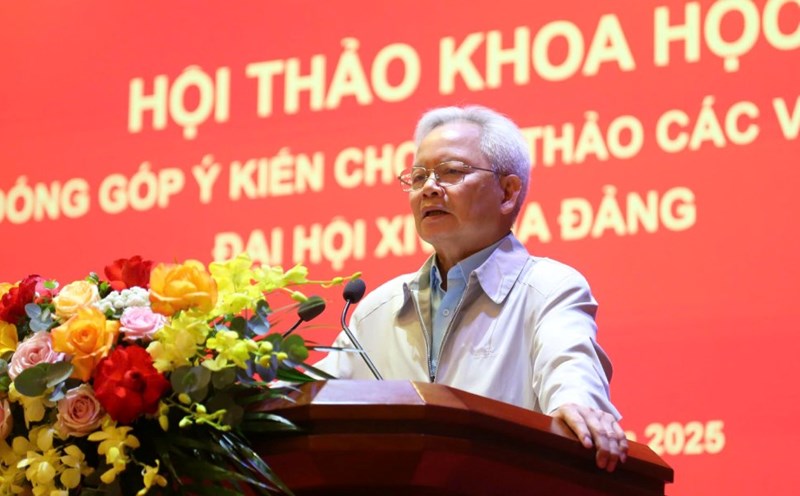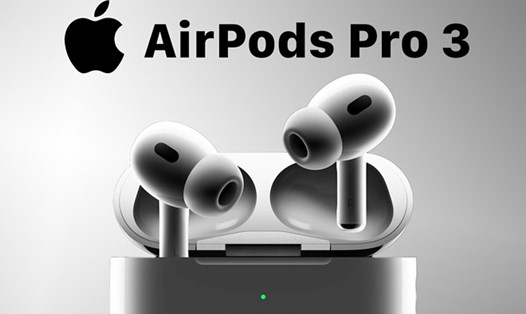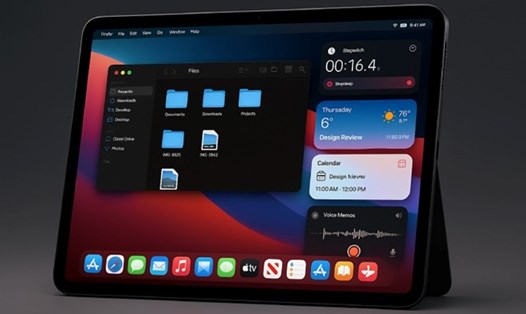AI swallows global RAM supply
As artificial intelligence (AI) becomes the center of all computing activities, the price of computer components, especially RAM and SSD, is climbing rapidly globally.
According to many industrial sources, in just a few months, the price of DRAM and NAND flash memory has increased by 30% to 50%, causing the cost of producing electronic devices to increase simultaneously.
The underlying reason stems from the fact that large technology corporations are rushing to invest in AI-powered servers, making the supply of memory for the general market increasingly limited.
The two Korean technology giants Samsung Electronics and SK Hynix, accounting for nearly 70% of the global RAM market share, have simultaneously increased the prices of DRAM and NAND flash modules.
In India, a 16GB RAM DDR4 bar that cost around Rupee 3,000 in 2023 has now increased to Rupee 5,100 (about $61.2).
According to TrendForce, manufacturers are currently prioritizing RAM HBM (High Bandwidth memory), a chip line serving AI servers, with higher profits than traditional RAM DDR.
This has limited the supply of DDR4 and DDR5 for personal computers and laptops, pushing retail prices up further in the fourth quarter of 2025.
SSD and RAM sold out
Not only RAM, cloud computing prices have also increased sharply. Samsung is said to have raised the price of SSDs at the enterprise level to 35%, while RAM RDIMM, the type of storage used for servers, increased by 50%.
The reason comes from the huge demand for data storage and processing of cloud platform operators and chatbot such as ChatGPT, Gemini, Claude.
According to Korean Economic Daily, this shortage could last for 34 years, as companies continue to pour thousands of billions of dollars into AI server infrastructure.
Some large enterprises have begun to store memory and sign long-term contracts with Samsung and SK Hynix to ensure supply.
The market is facing a new price increase cycle
Experts say that similar to the period of cryptocurrency explosion that caused graphics cards to skyrocket in price, the AI fever is creating a new price increase cycle for computer components.
With manufacturers' response rates reaching only 70% (even below 40% for small OEMs), the RAM and SSD markets are expected to remain tense for many coming quarters.
Amid the wave of AI investment that shows no signs of cooling down, consumers will probably have to get used to the new reality, that RAM and SSD are no longer cheap components in the AI era.

